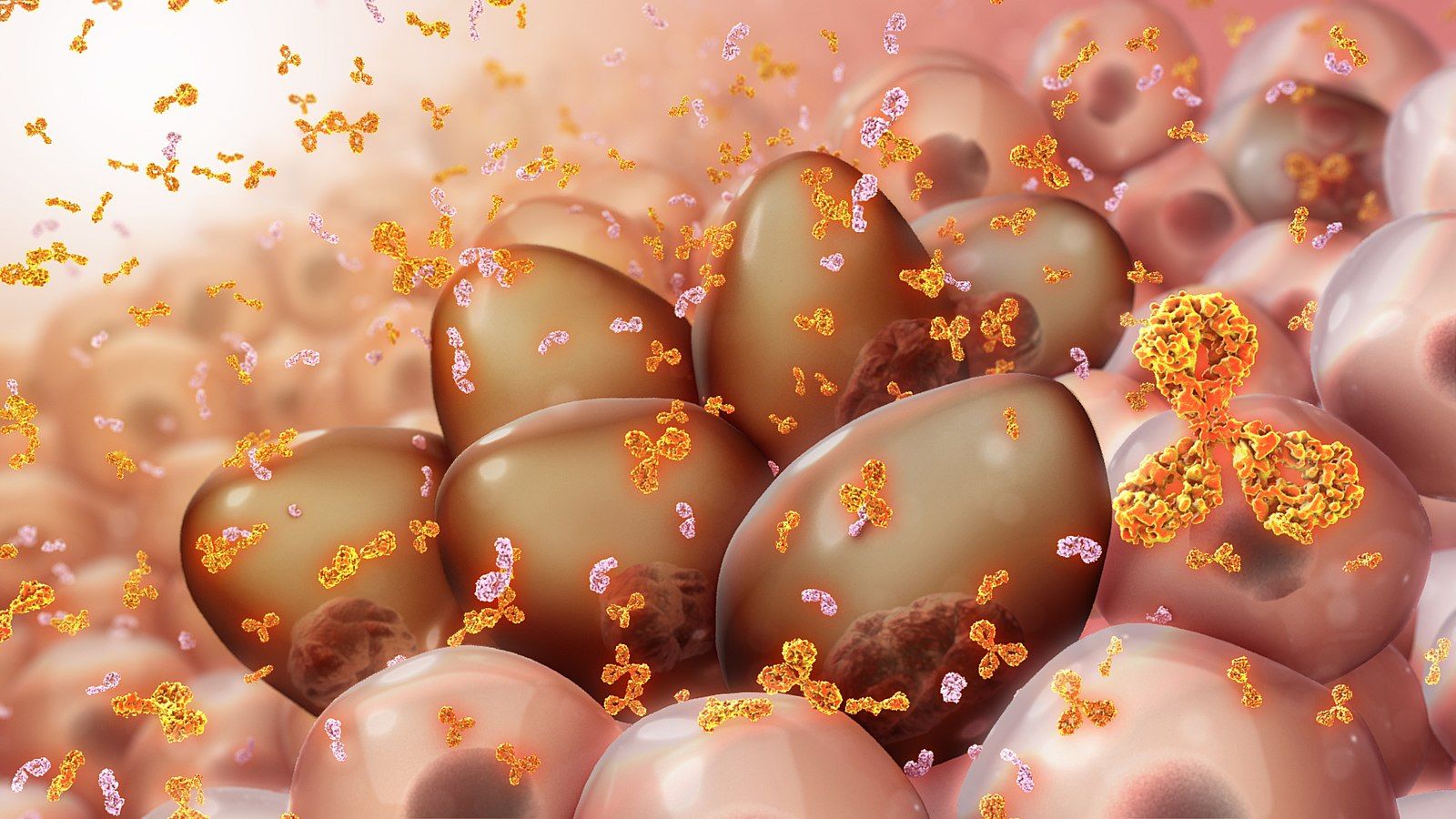Ide-cel Continues to Yield Deep Responses in High-Risk Multiple Myeloma
A cohort study of the KarMMa-2 trial found durable responses in patients with high-risk multiple myeloma treated with ide-cel.
“Although a high proportion of patients had high tumor burden and high-risk cytogenetics, response rates were high,” according to the study authors.

Frequent, deep, and durable responses were observed when idecabtagene vicleucel (ide-cel; Abecma) was used to treat patients with high-risk multiple myeloma who experienced an early relapse within 18 months of frontline therapy, according to results from cohort 2B of the phase 2 KarMMa-2 trial (NCT03601078) presented at the 2024 European Hematology Association (EHA) Congress.
The overall response rate (ORR) in those who had a response but were treated in the frontline setting was 80.6% (95% CI, 62.5%-92.5%) vs 93.5% (95% CI, 78.6%-99.2%) in those with responses to ide-cel. Between both groups, the complete response (CR) rate was 3.2% (95% CI, 0.1%-16.7%) vs 71.0% (95% CI, 52.0%-85.8%).
Minimal residual disease (MRD) was assessed between 3 and 36 months following treatment with ide-cel. At 3 months, 11% of patients were MRD-positive, 11% were MRD-intermediate, and 79% were MRD-negative. Subsequently, at 6 months, MRD rates showed 18% were MRD-positive and 82% were MRD-negative; 19% vs 81% at 12 months; 20% vs 80% at 18 months; 18% vs 82% at 24 months; and 25% vs 75% at 36 months.
The rate of ongoing responses at 24 months was 65.3% in patients with a response vs 75.7% in patients with a CR or better. The progression-free survival rate at 12 months was 70.0%; at 24 months, it was 63.3%. The overall survival (OS) rate at 12 months was 89.9% vs 78.9% at 24 months.
The investigators noted that the median PFS was not reached, and at data cutoff, the median OS was not reached.
“Although a high proportion of patients had high tumor burden and high-risk cytogenetics, response rates were high,” Xavier Leleu, MD, MSc, PhD, head of the Myeloma Clinic at Poitiers University Hospital in Lille France, said during a presentation of the data.
Cohort 2b included 35 patients with an early relapse. Patients needed to have received frontline therapy with a proteasome inhibitor, immunomodulatory drug, and dexamethasone; have measurable disease; and have an ECOG performance status of 0 or 1 to be included.
Ide-cel was given at 150 to 450 x 106 CAR-positive T cells. The primary end point was CR rates by investigator assessment per the International Myeloma Working Group criteria. Secondary end points included ORR, time to response, duration of response, PFS, OS, and safety. The exploratory end points were MRD negativity and biomarkers.
At the data cutoff of December 13, 2023, the median follow-up was 30.1 months. During this time, 64.5% of patients were still on study treatment. Reasons for discontinuation included death (22.6%), withdrawal by patient (9.7%), or physician decision (3.2%).
The median patient age was 60 years old, with 41.9% of patients being 65 years or older and 29.0% being 70 years or older. The median time to progression during frontline therapy was 7.1 months, and 45.2% of patients had a high tumor burden. Additionally, 38.7% of patients were high-risk, and 16.1% were ultra-high-risk. Extramedullary disease was noted in 12.9% of patients, 67.7% were double-class refractory, 16.1% were triple-class refractory, and 16.1% were triple-class exposed.
As frontline therapy, most patients (38.7%) received bortezomib (Velcade), lenalidomide (Revlimid), and dexamethasone plus bortezomib, thalidomide, and dexamethasone; or other (41.9%) treatment. Of note, 87.1% of patients received any type of bridging therapy.
In response to ide-cel, 64.5% of patients had a stringent CR vs 0.0% in patients with a response to frontline treatment, 6.5% vs 3.2% had a CR, 12.9% vs 41.9% had a very good partial response (PR), and 9.7% vs 35.5% had a PR.
Grade 3 or higher adverse effects (AEs) were noted in 93.5% of patients. The most common hematologic AEs included neutropenia (93.5%), anemia (54.8%), thrombocytopenia (35.5%), lymphopenia (45.2%), and leukopenia (38.7%). Of note, 6.5% of patients had arthralgia, 12.9% had metabolism and nutrition disorders, 6.5% had gastrointestinal disorders, and 6.5% had nervous system disorders. Additionally, 19.4% of patients had infections or infestations.
The median time to recovery was 1.5 months (95% CI, 1.3-1.5) for grade 3/4 neutropenia and 2.0 months (95% CI, 1.4-not evaluable) for thrombocytopenia. Of note, 1 patient reported a secondary malignancy of Bowen’s disease.
Cytokine release syndrome (CRS) occurred in 83.9% of patients, although 0.0% had grade 3 or higher events. A total of 94.4% of CRS events were managed with tocilizumab.
The European Organization for Research and Treatment of Cancer (EORTC) core quality of life questionnaire found patient-reported improvement in overall quality of life. There was a clinically meaningful improvement by month 3 in 85% or more of patients.
Reference
Leleu X, Chung, A, Raje N, et al. Idecabtagene vicleucel in patients with clinical high-risk early relapse multiple myeloma without front-line autologous stem cell transplantation: KarMMa-2 cohort 2b. Presented at the 2024 European Hematology Association (EHA) Congress; June 13-16, 2024; Madrid, Spain. S208.